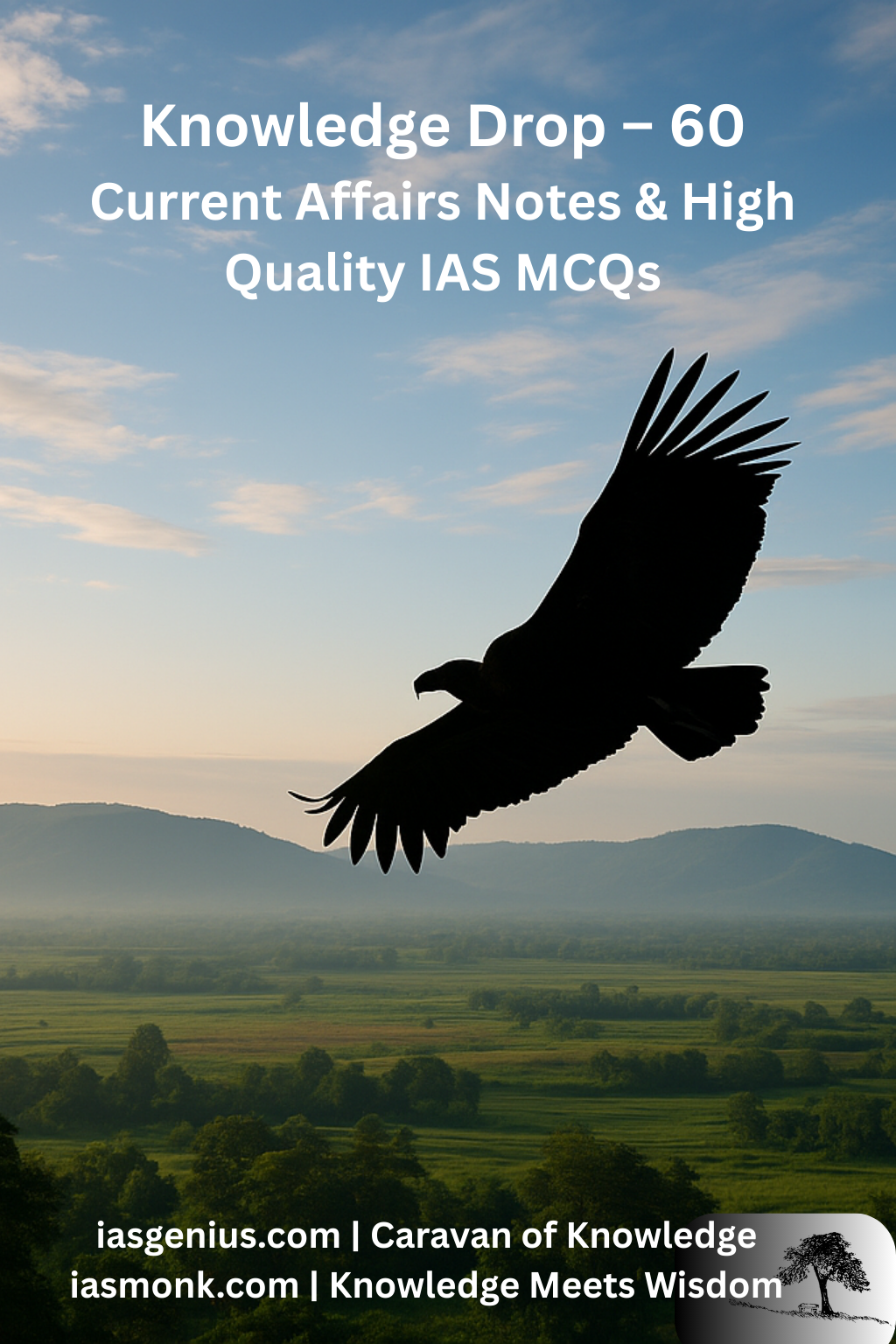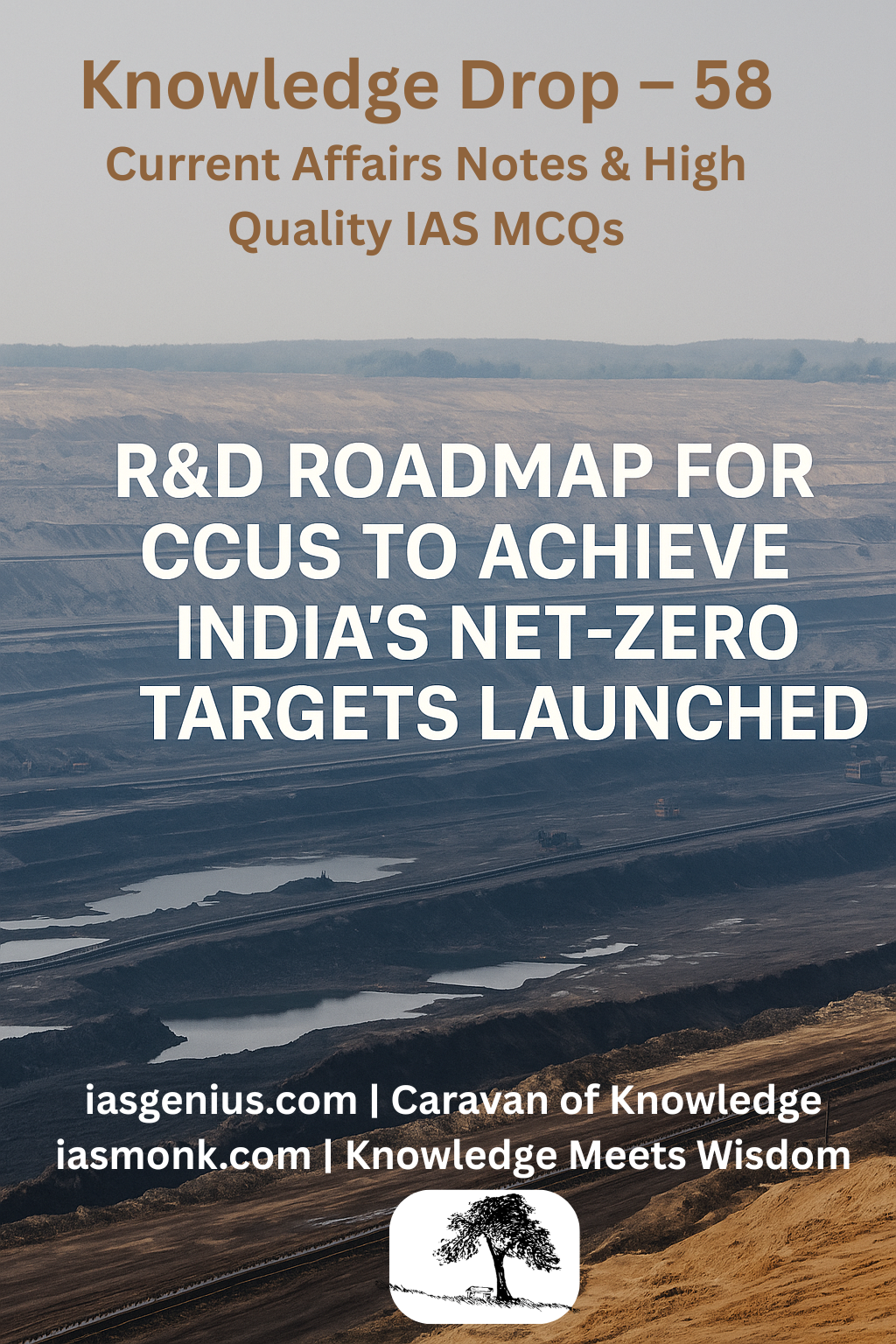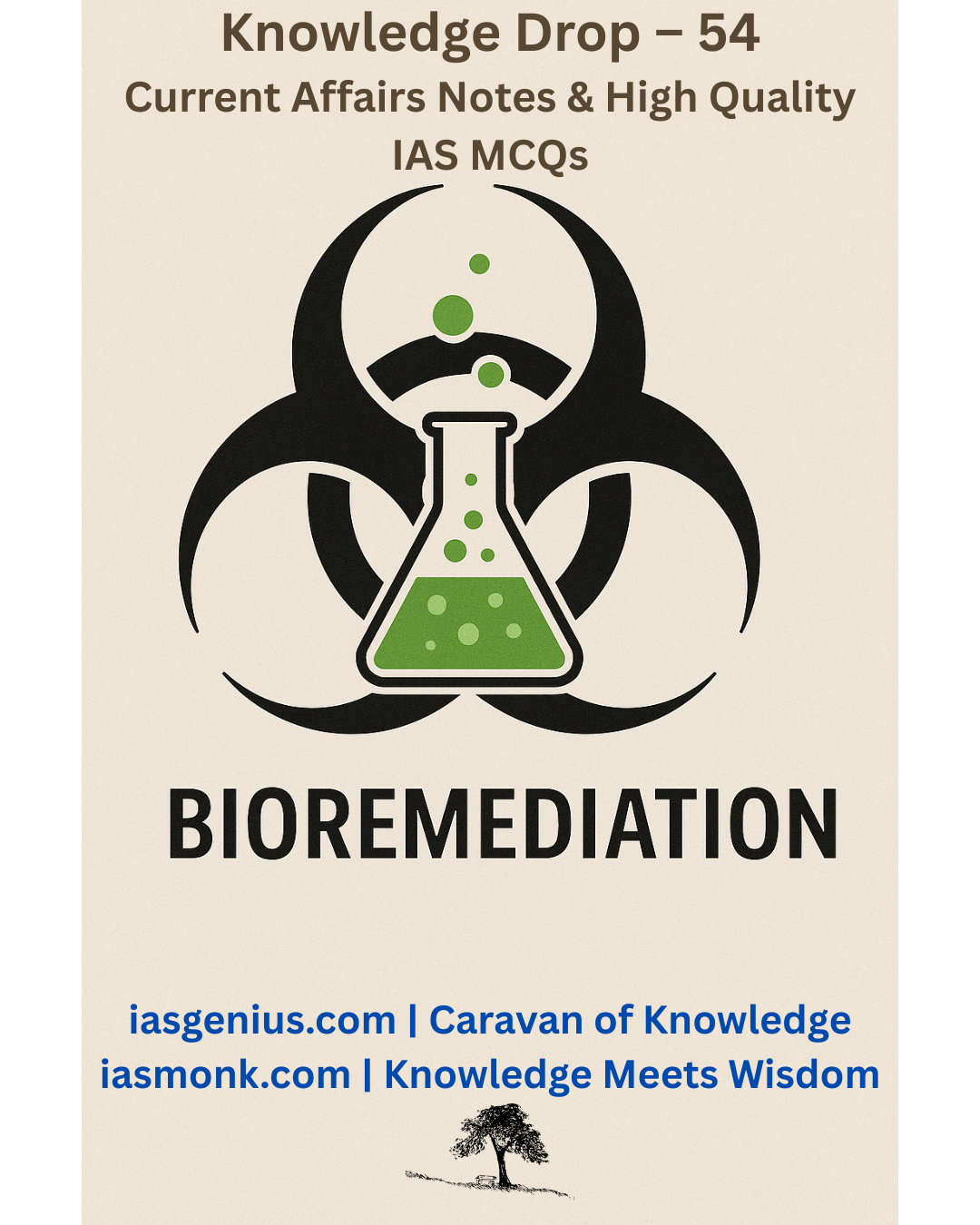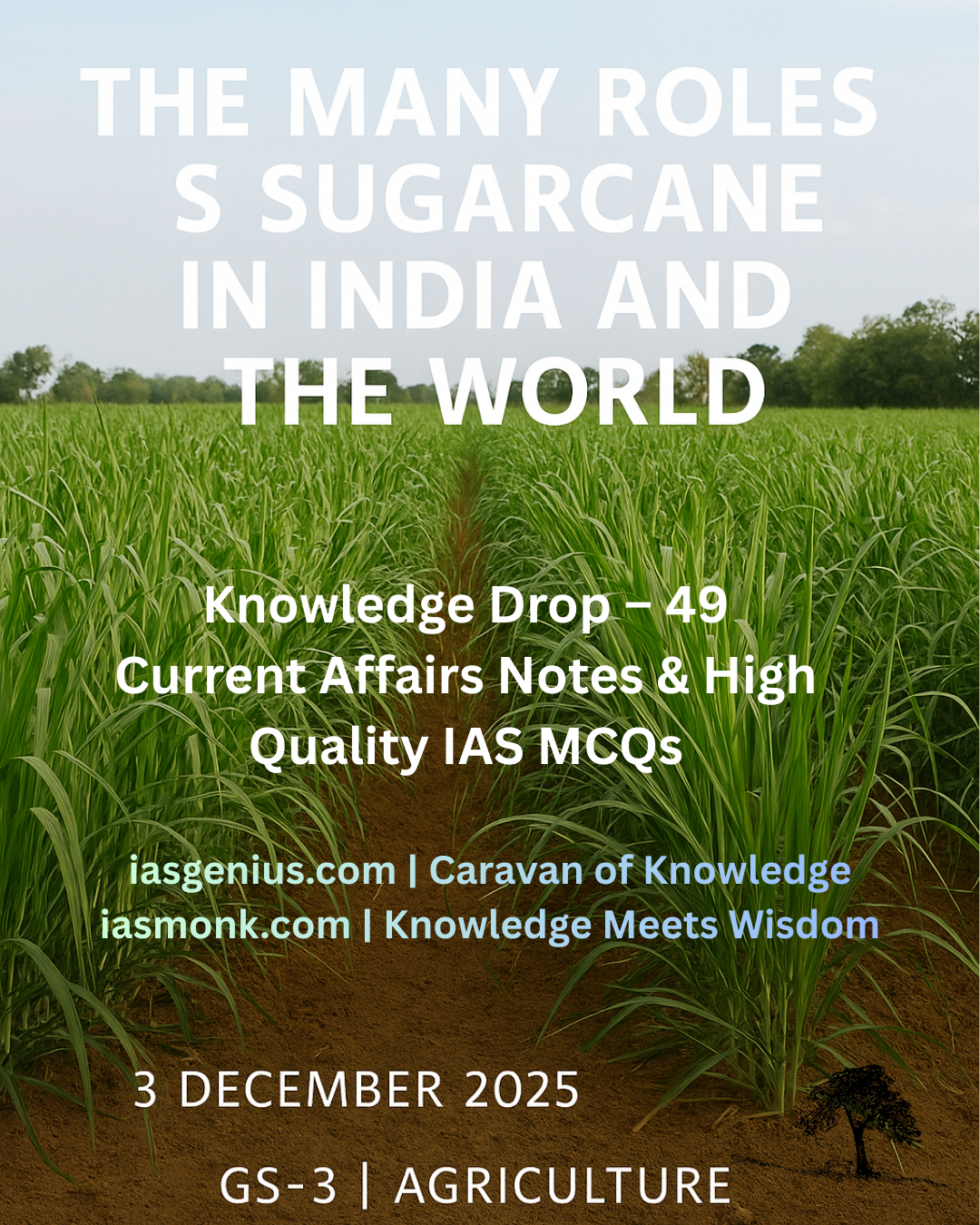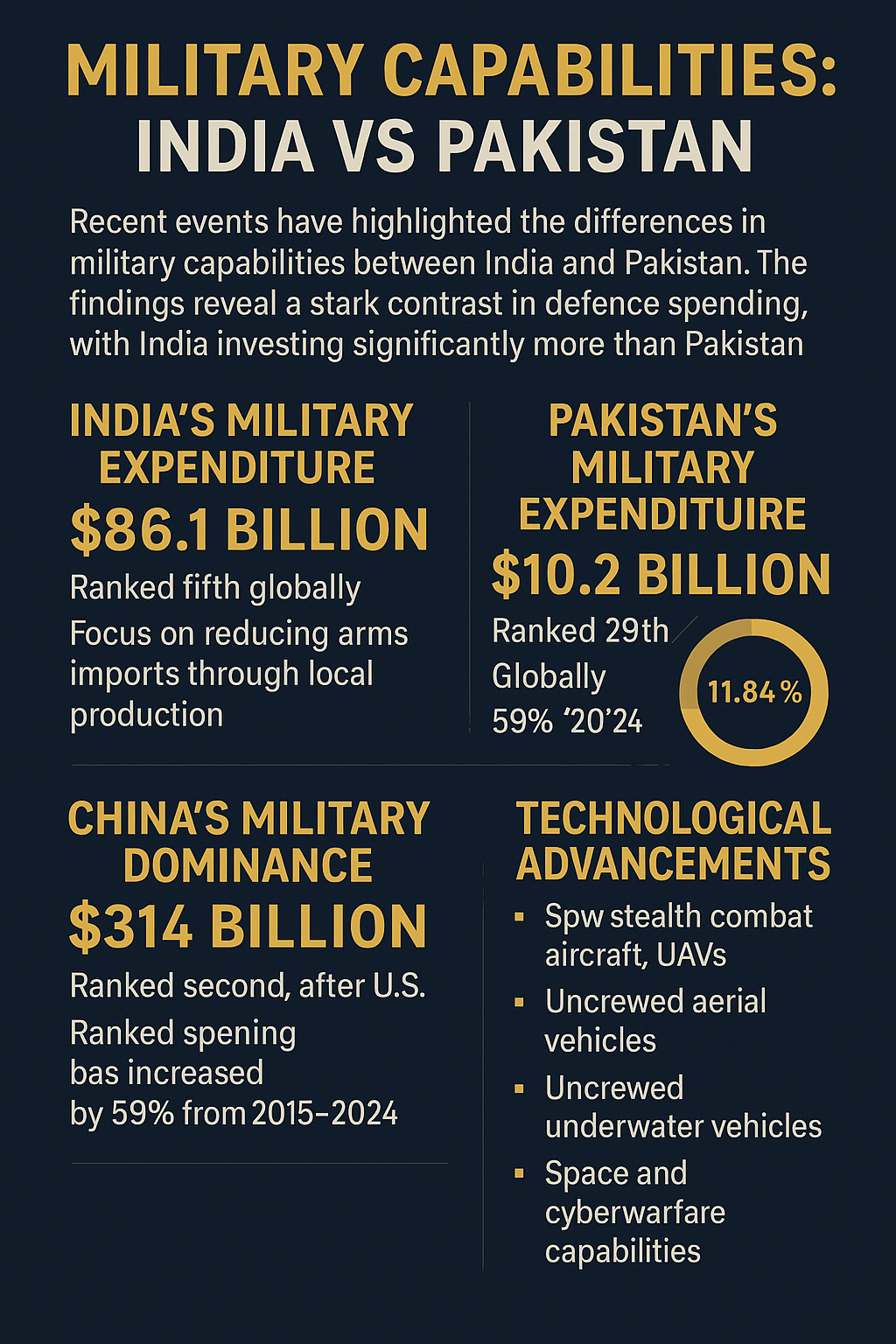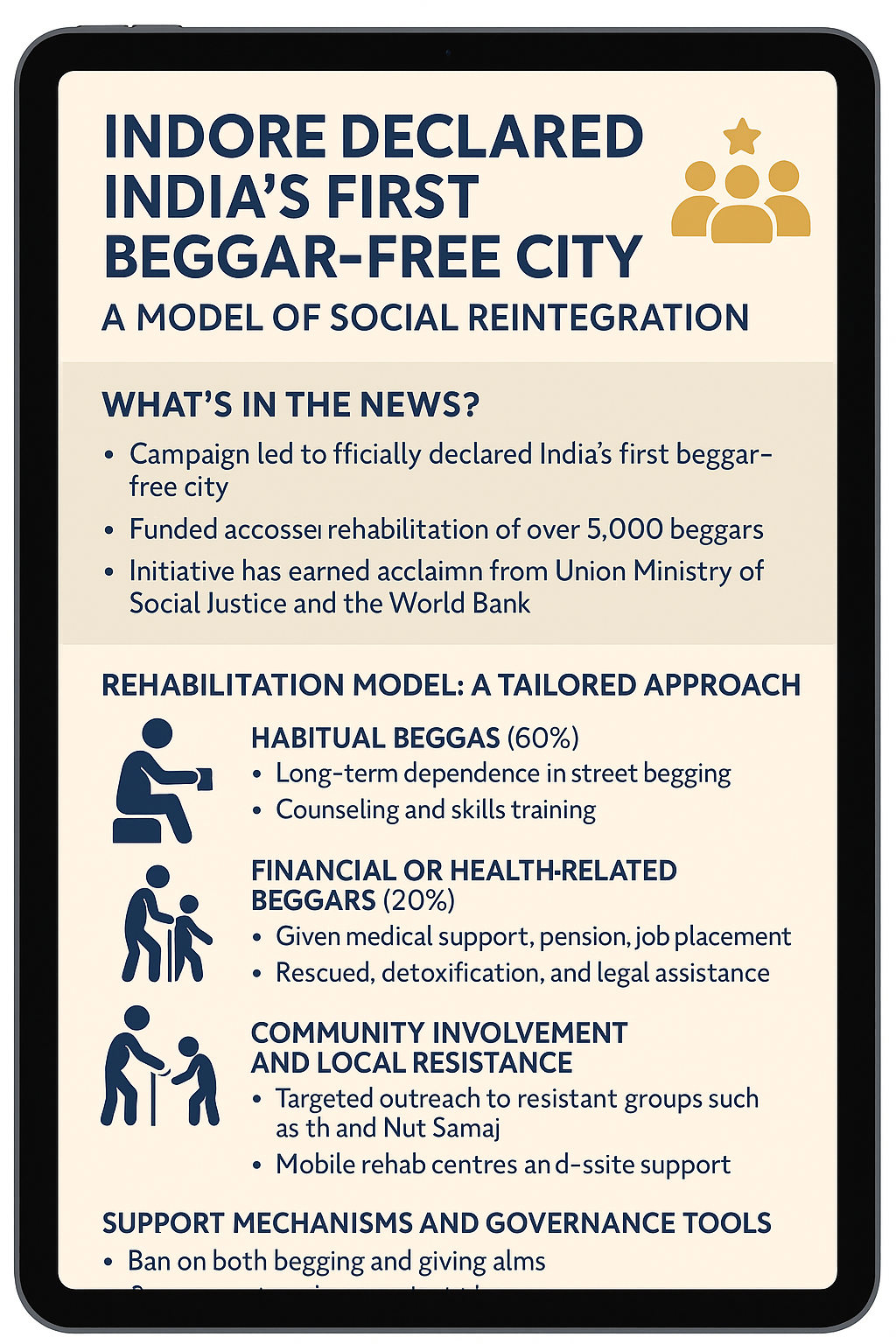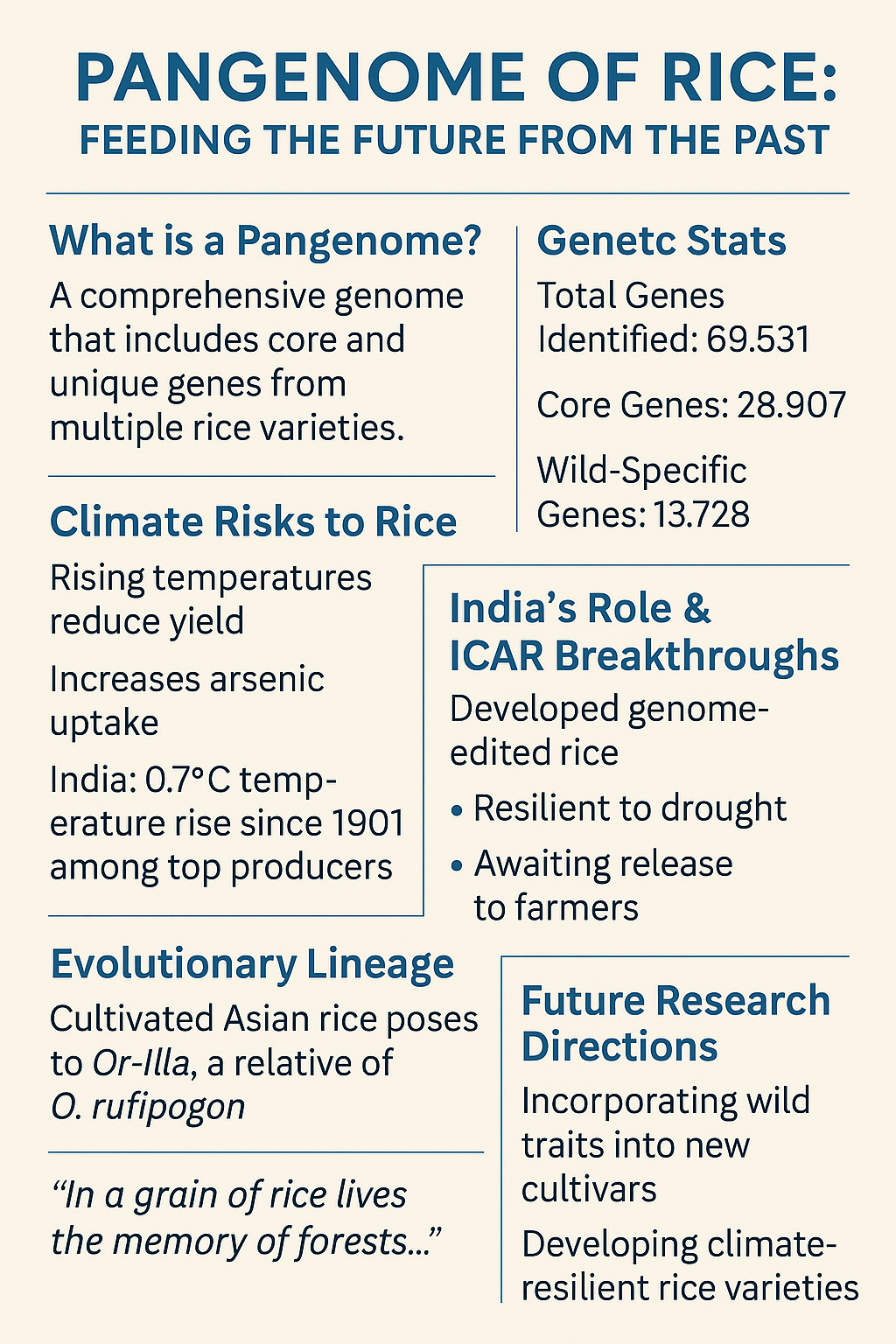
📅 May 12, 2025, Post 2: 🌾 A Genome of Grains and Grace |High Quality Mains Essay | Prelims MCQs
🌾 A Genome of Grains and Grace
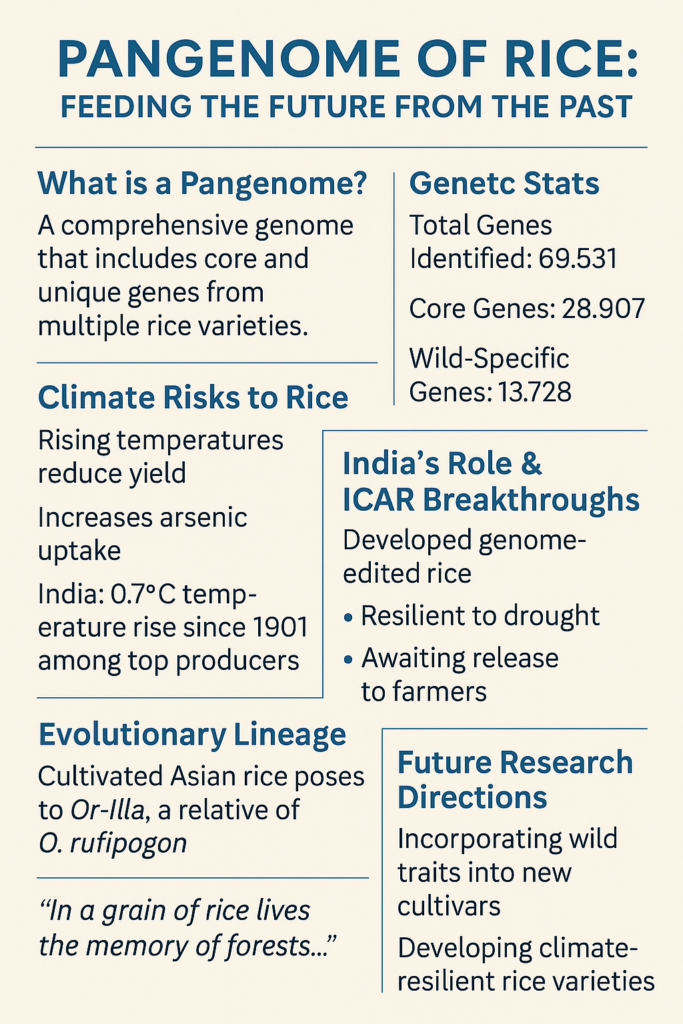
NATIONAL HERO — PETAL 002
📅 May 12, 2025
🎯 Theme: Science & Technology | Agriculture | Climate Change
🌱 Intro Whisper
As the Earth warms and hunger rises, scientists decode the ancient wisdom stored in rice — the grain that feeds nearly two-thirds of humanity. The unveiling of a pangenome may hold the key to our future plates.
🌾 Key Highlights
- The Rice Pangenome Unveiled
• Scientists released a pioneering pangenome comprising genetic data from 144 rice varieties (wild and cultivated).
• This is akin to the Human Genome Project, tailored for agriculture. - What is a Pangenome?
• Unlike a single reference genome, a pangenome includes both core and unique genes across many varieties.
• Total 69,531 genes identified:
– 28,907 are core genes, shared by all.
– 13,728 are wild-specific genes, vital for future adaptability. - Why It Matters
• Rice is a staple for 2/3rds of the global population.
• Climate change affects yield, nutritional quality, and arsenic uptake in rice crops. - India’s Challenge
• Average temperature has risen 0.7ºC since 1901.
• 2024 witnessed 0.9ºC above-normal heat, threatening rice productivity.
• India is among the world’s top rice producers. - Domestic Advances in Rice
• ICAR developed genome-edited rice (Samba Mahsuri & MTU 1010) with better drought resistance.
• Awaiting regulatory approvals for public release. - Ancestry of Rice
• Study confirms all Asian rice descends from wild Or-IIIa, related to O. rufipogon.
• Wild rice offers untapped traits for climate adaptation. - Future Research & Resilience
• The pangenome enables targeted breeding, incorporating wild traits into cultivated varieties.
• This ensures climate-resilient, high-yielding, and nutritionally sound rice.
📘 GS Paper Mapping
| Paper | Relevance |
|---|---|
| GS3 | Science & Tech: Genome research, Biotechnology in Agriculture |
| GS1 | Geography: Climate Change & Agriculture in India |
| GS2 | Government Policies: Role of ICAR, regulatory approvals |
| Essay | “Food and Genomics: Feeding the Future” |
💭 A Thought Spark — by IAS Monk
In a grain of rice lives the memory of forests, the rhythm of rivers, the fire of the sun. To preserve it is not just to farm — it is to listen to Earth’s inheritance.
High Quality Mains Essay For Practice :
Word Limit 1000-1200
🌾 “Rice and the Genome of Survival: Feeding the Future on the Shoulders of the Past”
Introduction
In a world inching closer to climate breakdown, food security has become one of humanity’s most pressing challenges. As rising temperatures, erratic rainfall, and soil degradation threaten the productivity of staple crops, science is turning to an unlikely saviour: the forgotten genes of ancient grains. The recent unveiling of the pangenome of rice, a milestone in agricultural genomics, marks a turning point in how we understand and protect the grain that feeds nearly two-thirds of the world’s population.
This scientific feat does more than just decode DNA; it opens a genetic vault that may help nourish future generations amidst the uncertainties of climate change. Like the Human Genome Project redefined medicine, the Rice Pangenome Project is poised to revolutionize agriculture.
Understanding the Pangenome: Beyond a Single Reference
A traditional genome offers a singular snapshot of a species. A pangenome, however, is far more ambitious. It represents the full genetic repertoire of a species — integrating both core genes found in all individuals and accessory genes unique to specific populations or wild relatives.
The rice pangenome includes 69,531 genes, of which 28,907 are core and 13,728 belong exclusively to wild rice species. By analyzing 144 cultivated and wild varieties across Asia, scientists have created a dynamic, evolving reference that captures the true genetic richness of this essential crop. It is this diversity that holds the key to adaptation — to drought, salinity, pests, and the yet-unknown shocks of a warming planet.
Rice and Climate Change: A Fragile Grain on a Feverish Earth
Rice cultivation is profoundly sensitive to climatic fluctuations. Unlike more robust cereals, rice demands a delicate balance of temperature, water, and soil chemistry. Rising temperatures not only stunt yields but also accelerate the plant’s absorption of toxic elements like arsenic.
In India, where rice is both a cultural symbol and a food lifeline, the average temperature has risen by 0.7ºC since 1901. In 2024 alone, a record 0.9ºC increase above the normal average has raised red flags for farmers and scientists alike. A warmer world is not only making it harder to grow rice — it is also making the rice we grow less safe and less nutritious.
India’s Role: From Ancient Grain to Genomic Leadership
India, the second-largest rice producer globally, stands at the heart of this transformation. Through its institutions like the Indian Council of Agricultural Research (ICAR), the country has developed genome-edited rice varieties such as Samba Mahsuri and MTU 1010. These lines promise higher yield and improved drought tolerance.
However, these innovations remain in the pipeline, pending regulatory clearance. The integration of pangenome data into India’s research and breeding systems can fast-track the development of climate-resilient cultivars — merging traditional agronomic strengths with cutting-edge biotechnology.
The Wisdom of Wild Rice: Learning from Evolution
One of the most profound findings of the rice pangenome project is its confirmation that all Asian cultivated rice descends from a wild ancestor called Or-IIIa, a close relative of Oryza rufipogon. This evolutionary insight is more than academic. Wild rice species often carry resistance genes that domesticated varieties have lost — such as those conferring tolerance to floods, droughts, salinity, or pests.
Domestication, while optimizing traits like yield and taste, often narrows the genetic base. By re-integrating genes from wild relatives, scientists can reverse this genetic bottleneck, restoring lost resilience. In essence, we are looking to the ancient rice plant to prepare for a futuristic, turbulent climate.
Why the Pangenome Matters: More than Science, It’s Strategy
The implications of this project go beyond genetic curiosity. The pangenome serves multiple strategic purposes:
- Precision Breeding: Scientists can now develop varieties tailored to regional stresses using molecular markers linked to desirable traits.
- Nutritional Security: Accessory genes may unlock higher micronutrient content or reduced arsenic uptake.
- Global Cooperation: Rice being a staple in Asia and Africa, this shared database allows cross-border collaboration in crop research.
- Resilience Mapping: Understanding which gene combinations survive under stress helps us create cultivars for the future.
In a way, the pangenome functions as a navigation map for climate-resilient farming — not static, but responsive, ever-evolving with data.
Challenges Ahead: Ethics, Regulation, and Accessibility
Despite its promise, the pangenome revolution faces hurdles. There are regulatory ambiguities, especially regarding genome editing vs. genetically modified organisms (GMOs). Public perception is another barrier — especially in countries where farmers are skeptical of scientific interventions in traditional crops.
Additionally, the benefits of this research must be made accessible to small farmers, not just large agribusiness. Open-source pangenomic tools, public extension services, and farmer education will be key to ensuring that this innovation does not deepen existing inequalities in agricultural productivity.
Conclusion: In a Grain of Rice, the Story of Us
The unveiling of the rice pangenome is a story not just of DNA, but of destiny. It symbolizes our attempt to harmonize tradition and technology, evolution and ethics, science and sustenance. In an era marked by climate anxiety and food insecurity, this genetic breakthrough reminds us that the answers to the future may lie buried in the soils of the past.
To feed a growing population on a warming planet, we need more than fertilizers and pesticides — we need genomic wisdom, ancestral memory, and scientific humility. In decoding rice, we are not just feeding ourselves; we are feeding time itself — past, present, and future — with grains of hope.
“In a grain of rice lives the memory of forests, the echo of rivers, and the whisper of survival.”
-IAS Monk
Target IAS-26: Daily MCQs :
📌 Prelims Practice MCQs
Topic:
MCQ Type-1: How Many Statements are Correct?
Consider the following statements regarding the Rice Pangenome Project:
1.The pangenome includes both common and unique genes found in multiple rice varieties.
2.Rising temperatures can increase arsenic absorption in rice crops.
3.India has already distributed genome-edited rice varieties to farmers nationwide.
4.The wild rice variety Or-IIIa is genetically unrelated to cultivated rice strains.
How many of the above statements are correct?
A) Only two
B) Only three
C) All four
D) Only one
🌀 Didn’t get it? Click here (▸) for the Correct Answer & Explanation
✅ Correct Answer: A) Only two
🧠 Explanation:
• 1) ✅ Correct – The essence of a pangenome is inclusion of core and unique genes.
• 2) ✅ Correct – Arsenic uptake increases under heat stress.
• 3) ❌ Incorrect – These varieties are developed but not yet released.
• 4) ❌ Incorrect – Cultivated rice does descend from Or-IIIa.
MCQ Type-2: Two Statement Assertion
Consider the following two statements:
1. The rice pangenome was created using genetic material from both wild and cultivated varieties.
2. It aims to improve rice’s nutritional content but not its climate resilience.
Which of the above statements is/are correct?
A) Only 1 is correct
B) Only 2 is correct
C) Both are correct
D) Neither is correct
🌀 Didn’t get it? Click here (▸) for the Correct Answer & Explanation
✅ Correct Answer: A) Only 1 is correct
🧠 Explanation:
• 1) ✅ Correct – It includes 144 wild and cultivated varieties.
• 2) ❌ Incorrect – Climate resilience is one of its primary goals.
MCQ Type-3: Multiple Correct Statements
Which of the following statements regarding India’s rice cultivation and climate impact are correct?
1. India has witnessed a 0.7ºC rise in average temperature since 1901.
2. Record-breaking heat in 2024 poses a major threat to rice yield.
3. Climate change has no effect on rice’s ability to absorb heavy metals.
4. ICAR-developed genome-edited rice can withstand drought better.
A) 1, 2 and 3 only
B) 1, 2 and 4 only
C) 2, 3 and 4 only
D) 1 and 4 only
🌀 Didn’t get it? Click here (▸) for the Correct Answer & Explanation
✅ Correct Answer: B) 1, 2 and 4 only
🧠 Explanation:
• 1) ✅ True – India’s average temperature rise is 0.7ºC since 1901.
• 2) ✅ True – 2024’s 0.9ºC above-normal heat threatens yield.
• 3) ❌ False – It does increase arsenic uptake.
• 4) ✅ True – These rice strains are drought-resilient.
MCQ Type-4: Direct Factual Question
Which wild rice variety is considered the closest ancestor of modern cultivated Asian rice, as confirmed by the pangenome project?
A) O. indica
B) Or-IIIa
C) O. japonica
D) O. nivara
🌀 Didn’t get it? Click here (▸) for the Correct Answer & Explanation.
✅ Correct Answer: B) Or-IIIa
🧠 Explanation:
• The pangenome study traced cultivated rice ancestry to Or-IIIa, a close relative of Oryza rufipogon.


